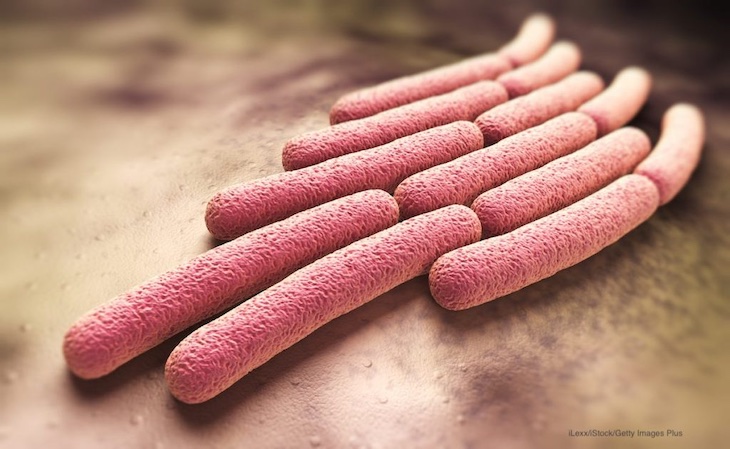A Kansas shigella outbreak at a splash pad in June 2021 sickened at least 21 people, according to the Center For Disease Control and Prevention’s Morbidity and Mortality Weekly Report (MMWR) for the week of August 5, 2022. The splash pad was located in a Kansas wildlife park.

There were actually two outbreaks: One involving shigella, and the other was a norovirus outbreak. Getting splash pad water in the mouth was associated with the illnesses. The shigella outbreak was linked to visits on June 11, 2021, and the norovirus outbreak was linked to visits on June 18, 2021. The contributing factors were inadequate disinfection, equipment, and training.
The park has animal exhibits and a splash pad. In June 2021, Kansas state and county public health officials identified three cases of shigellosis associated with the park. Two of the patients visited animal exhibits, and all three entered the splash pad. The splash pad was closed on June 19, 2022.
State and county public health codes do not include requirements for splash pads. In fact, splash pads are not typically regulated and so are not inspected. The pad, which sprays water on users, is designed so the water doesn’t collect in the user area, which exempts them from regulations for pools under many public health codes.
Public health officials collaborated with the CDC on a case control study that identified the 21 shigellosis cases and the six norovirus cases among park visitors. The CDC tested water samples of Shigella and fecal indicator bacteria. Total coliforms were found in three of the seven pumps feeding the splash pad features. E. coli was found in one of the coliform-positive pumps.
The Kansas Department of Health and Environment encouraged patrons who visited the park to voluntarily complete an online questionnaire, which requested information on activities during the visit and signs and symptoms of illness.
Analysis of the data from 404 respondents found two distinct outbreaks. The median age of the shigellosis case patients was five years. While playing in the splash pad water wasn’t associated with illness, getting the water in the mouth was associated with illness. Three patients were hospitalized for an average of three days.
Splash pads are designed for young children age five and under. This group is more likely to experience acute illness, including shigellosis and norovirus infection because their immune systems are not as developed. And because of inadequate toileting and hygiene skills, they are more likely to contaminate the water. Swim diapers do not prevent contamination of water. And children swallow more recreational water than adults do.
One splash pad study found children wearing diapers sitting on water jets, and placing their open mounts to the water. Aerosolization of the water depletes the free chlorine concentration, which means it is more difficult to maintain minimum concentrations of that chemical that are needed to prevent pathogen transmission.
The outbreak may have been prevented by maintaining water disinfection. No more illnesses were reported when the operator implemented reopening guidance, which suggests that pathogen transmission can be prevented.
The study authors suggest that maintaining adequate water disinfection and environmental health expertise and targeting prevention efforts to caregivers of splash pad users help prevent these outbreaks. When splash pads are located near animal exhibits, asking patrons to use the splash pad before visiting the animals, and changing shoes before entering the splash pad could prevent the introduction of zoonotic pathogens.
Outbreak incidence might be further reduced when U.S. jurisdictions adopt the CDC’s Model Aquatic Health Code (MAHC) recommendations and through the prevention messages: “Don’t get in the water if sick with diarrhea,” “Don’t stand or sit above the jets,” and “Don’t swallow the water.”†




